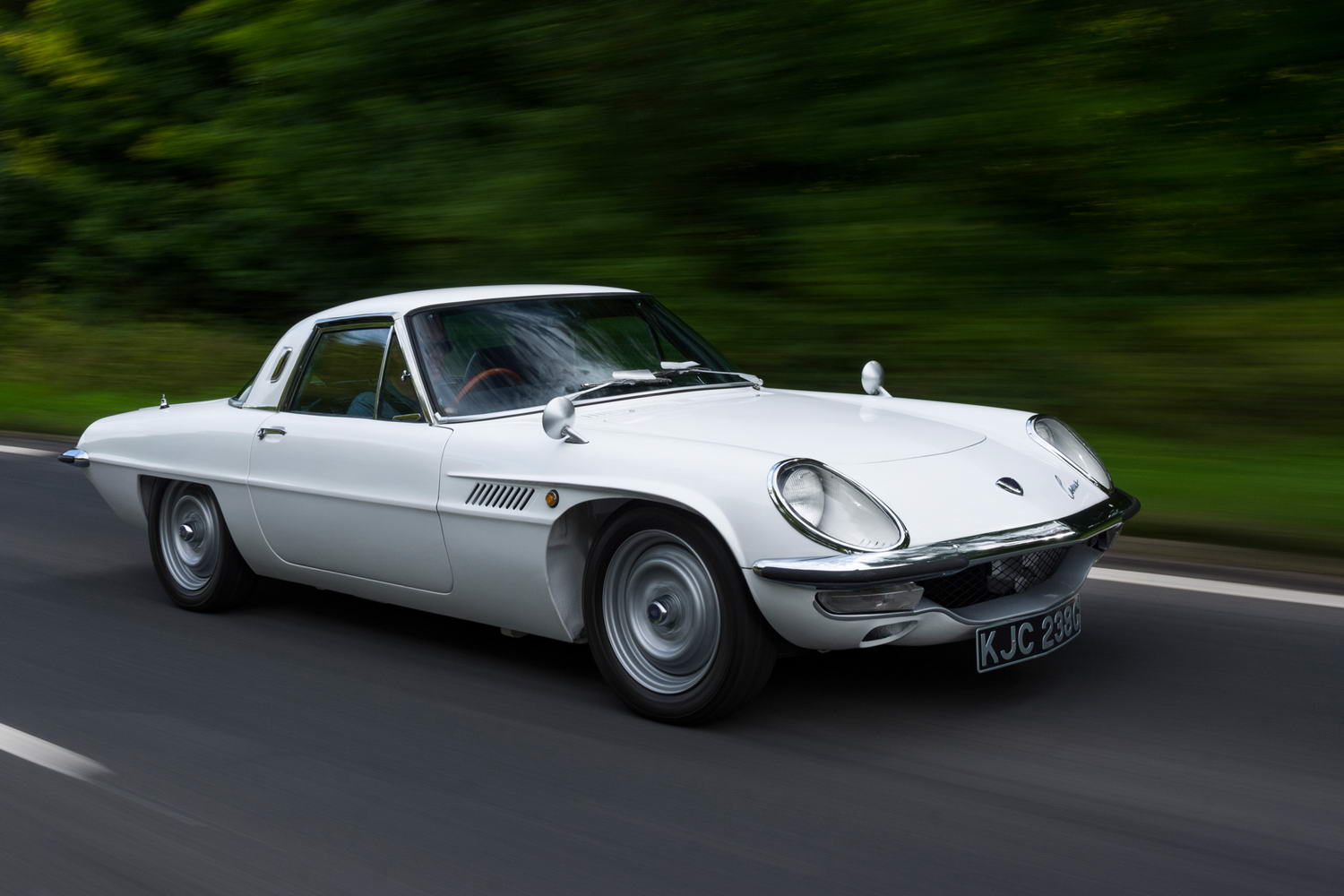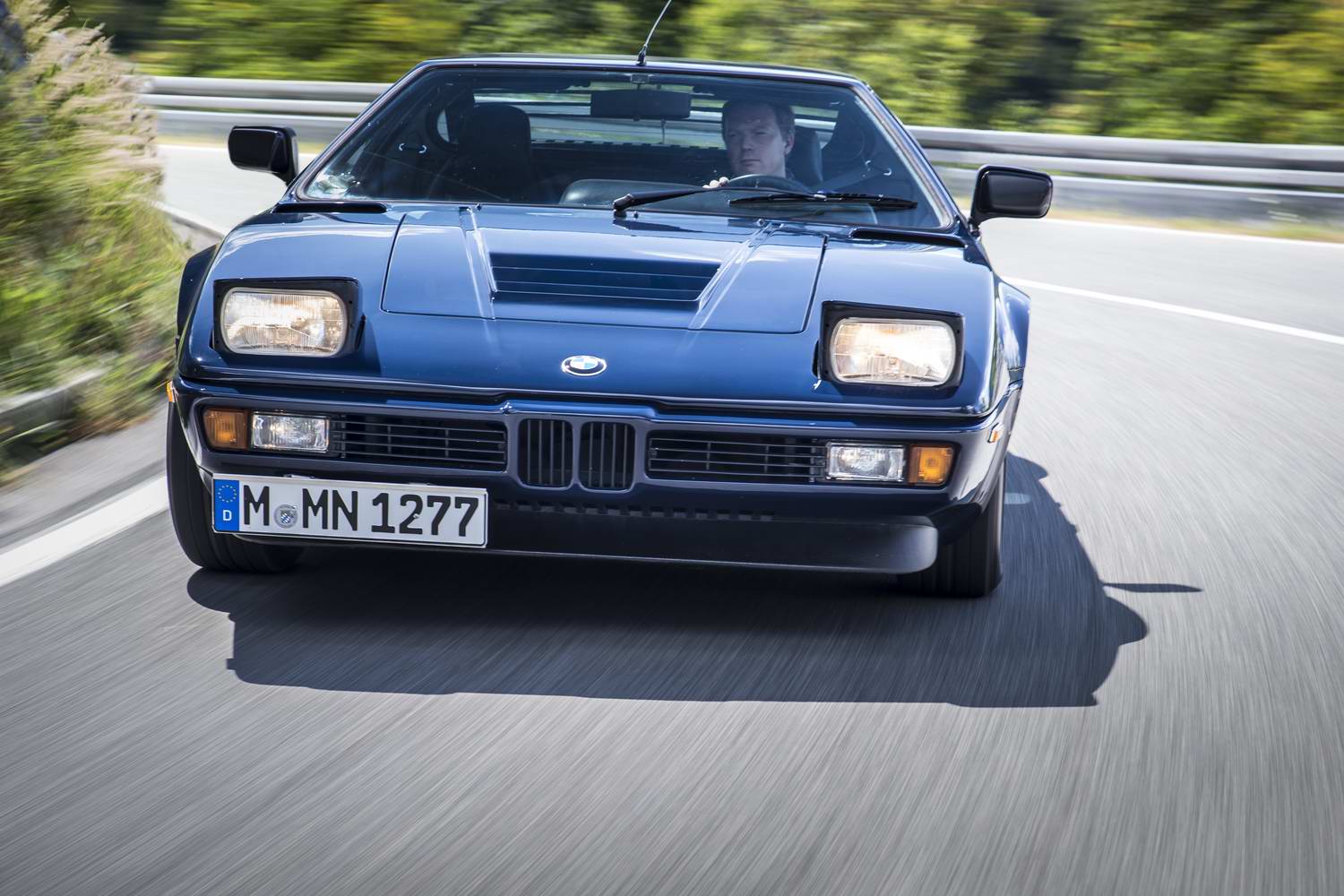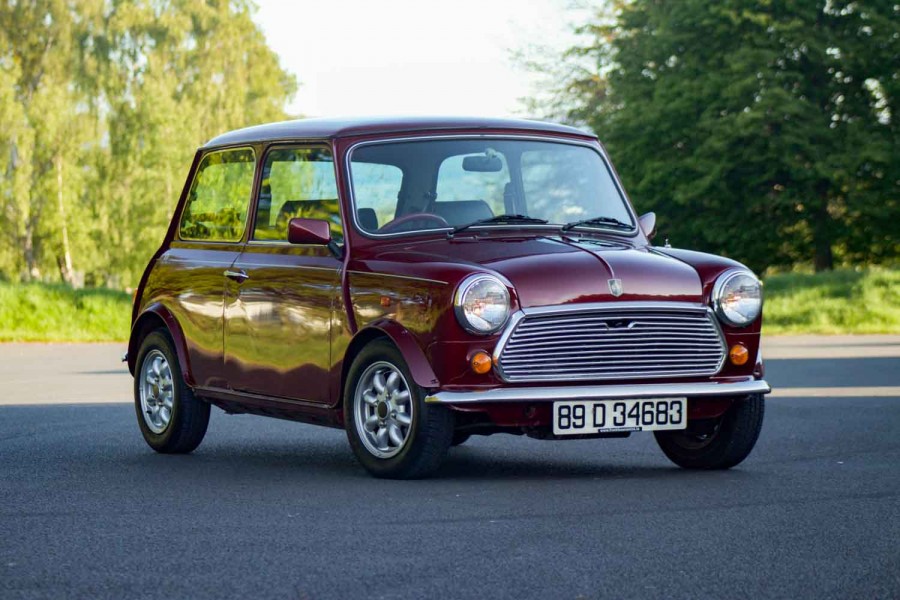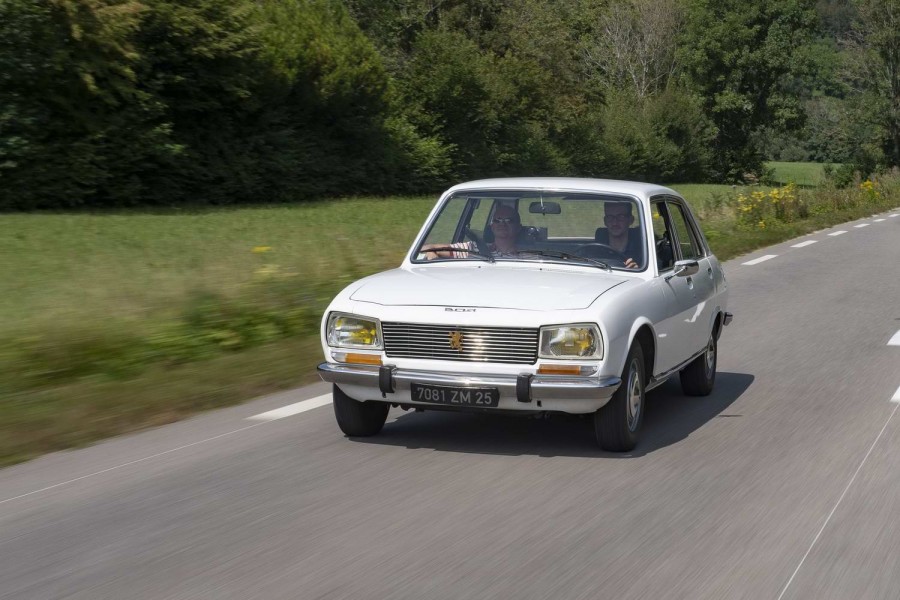What are you driving?
This year, 2020, it is the 100th birthday of Mazda, but we'd be hard pressed to bring you a road test of one of its original vehicles from that long ago. Mazda started out by making small three-wheeled trucks, more akin to a Piaggio Ape than a modern car, and didn't build its first proper passenger car until the 1960s. Even then, those first R360 Coupes were not exactly what you'd call proper cars - little bigger than an Isetta bubble car, and about as physically attractive.
In 1967, that all changed. Mazdas had by that time started building what we would now call 'normal' cars, in the shape of the Familia saloon and the larger Luce. Both were actually rather attractive, having been penned by a young Giorgetto Giugiaro. Clearly the Italian influence was strong around Mazda's Hiroshima factory, because the company's next big effort was this, the Cosmo 110S Coupe. Giugiaro apparently had no hand in this; the styling of the car is credited to Mazda's then-chief stylist Heiji Kobayashi. From the front, if you squint a bit, this could almost be a contemporary Alfa Romeo Duetto Spider, right down to the faired-in headlights. The farther back you go, the less Italianate it becomes, though. Get around to the rear, and it's actually rather reminiscent of a 1966 Ford Thunderbird, albeit very much smaller than the big Yank Tank.
Of course, the Cosmo's legacy is far more about its engineering than its styling, for it was the first Mazda to use a rotary engine. Mazda had actually bought the technology in from German car maker NSU, but suffered the same tribulations in getting the tips of the rotors to seal properly within their oval-shaped chambers. Mazda's team of engineers, led by Kenichi Yamamoto, tried every material of which they could think for a tip sealant, even trying animal bone at one point. Yamamoto urged them on, saying: "From now on, the rotary engine must be on your minds at all times, whether you are sleeping or awake." His exhortations worked - eventually they settled on a mixture of aluminium and carbon-composite (yes, in 1967...) and Mazda's rotary adventure was born.
Only a handful of these Cosmos were ever built - just 1,176 up to the end of production in 1972 - and they were almost entirely hand-made, too. They're staggeringly rare, as a result, with only a tiny number surviving in Europe. That makes them rather valuable - a concours example sold a few years ago for just over €100,000, although a figure closer to €80,000 would probably get you a genuinely nice example. Assuming you could track one down, that is.
Name its best bits
Thankfully, we needed to do no tracking down to get behind the wheel of a Cosmo - just an invite from Mazda to do so. This one is part of the company's UK-based fleet of historic vehicles, and is actually minded and looked after by the same people who run the JOTA endurance racing team.
It's a 1968 car, and that makes it a Series II Cosmo, which means it has the more powerful version of the 982cc twin-rotor engine, developing 128hp. It makes that 128hp at a staggering 7,500rpm - that would be a high enough rev limit for a modern car, but in the sixties only Isle of Man TT bikes revved as high as this. The slightly ghostly whirr as you accelerate and start heading for that redline only underlines the car's slight sense of otherworldliness. The Cosmo name was well-chosen as, both in terms of styling and engineering, you can really sense the space-race influence in the car.
You sit quite upright, with a lovely Nardi (Italian influence again) wood-rimmed wheel, which is positioned remarkably close to your chest. The cabin is typically sixties - lots of black crackle finish on the dashboard, which is both vertical and stuffed with white-on-black dials, with plenty of rocker and toggle switches too. There's even an adorable little adjustable map light atop the passenger's right knee.
Take the delicate little ignition key and turn the engine over. At first, it seems relatively conventional and not a little uncouth - this is a fifty-odd-year-old car after all, and the cabin vibrates and rattles at idle. As you rev the engine, though, that all goes away. This rotary unit actually become smoother the harder you push it.
Not that you can push it awfully hard, really. While the 982cc engine has pretty sparkling performance for its day (a contemporary MGB can only offer 96hp, and takes almost two second longer to hit 100km/h from rest), it's not a car you feel comfortable in when pressing on. Partially that's down to the massive unyielding wheel aimed right at your sternum, partially it's down to relatively poor brakes (at least by modern standards). Partially it's just because this is the only one Mazda has right now, and it would be an awful thing to wreck it.
That said, it's a sweet thing to drive. The four-speed gearbox is a little vague and needs a firm hand to find third at times, but once rolling, the Cosmo has pretty remarkable performance for a car with this sort of displacement. A sub-one-tonne weight means that the rotary's traditional lack of torque is less of an issue, and it's quite easy to flow along with modern traffic.
Anything that bugs you?
Low-rev refinement is pretty poor, even allowing for 1968 standards, and the brakes are a bit heart-stopping at times. The cabin is astonishingly cramped, and clearly designed around 1968 Japanese 95th-percentile sizes - your chunky, six-foot, Western gaijin correspondent has to literally breathe in to squeeze behind the wheel. Still, these are hardly deal-breakers, and when you consider what other cars the Cosmo was up against in 1968, it seems amazingly advanced.
And why have you given it this rating?
I guess romanticism would see the Cosmo get five stars, but even taking its age and differing standards into account, it's not quite perfect. That cabin would have been cramped even by the standards of day, and the gearbox just doesn't feel quite right. Mazda wouldn't really get the whole rotary thing into its stride for a decade, until 1977's first-generation RX-7 - now that's a five-star car. The Cosmo, by comparison, is charming, quirky and gorgeous, but not quite the superstar that its successor would be.































